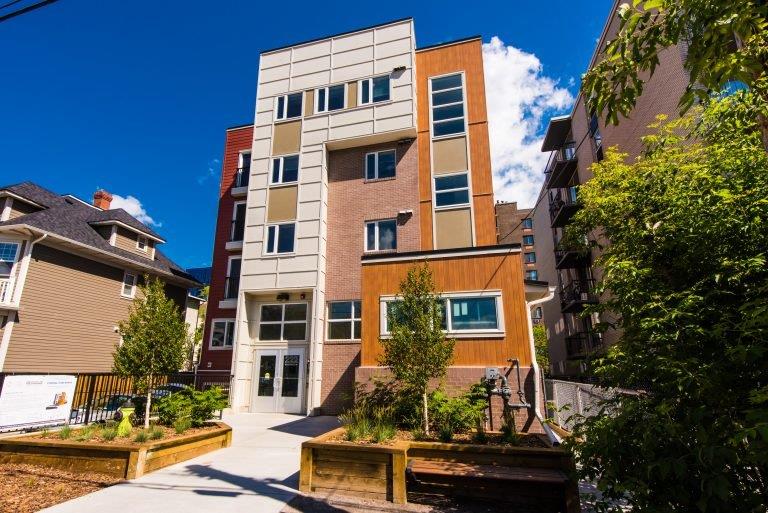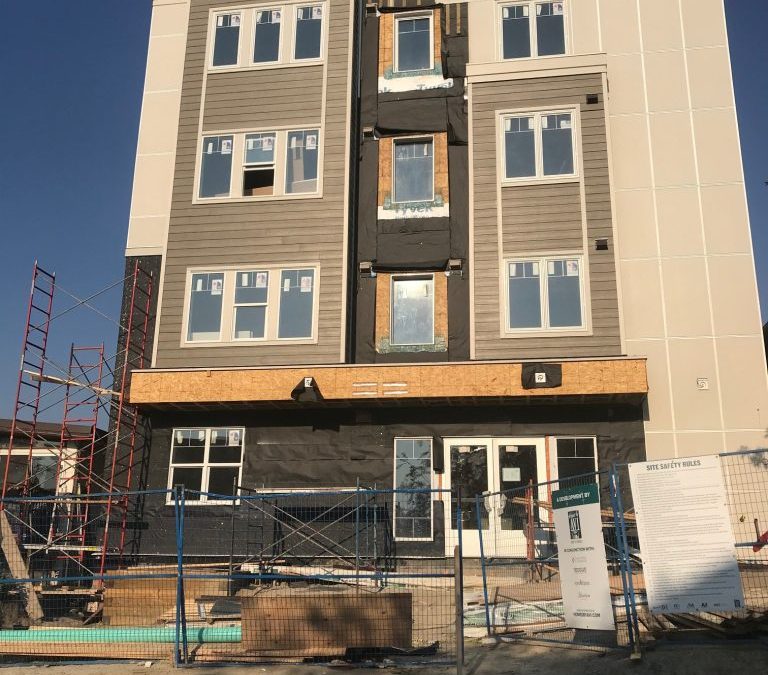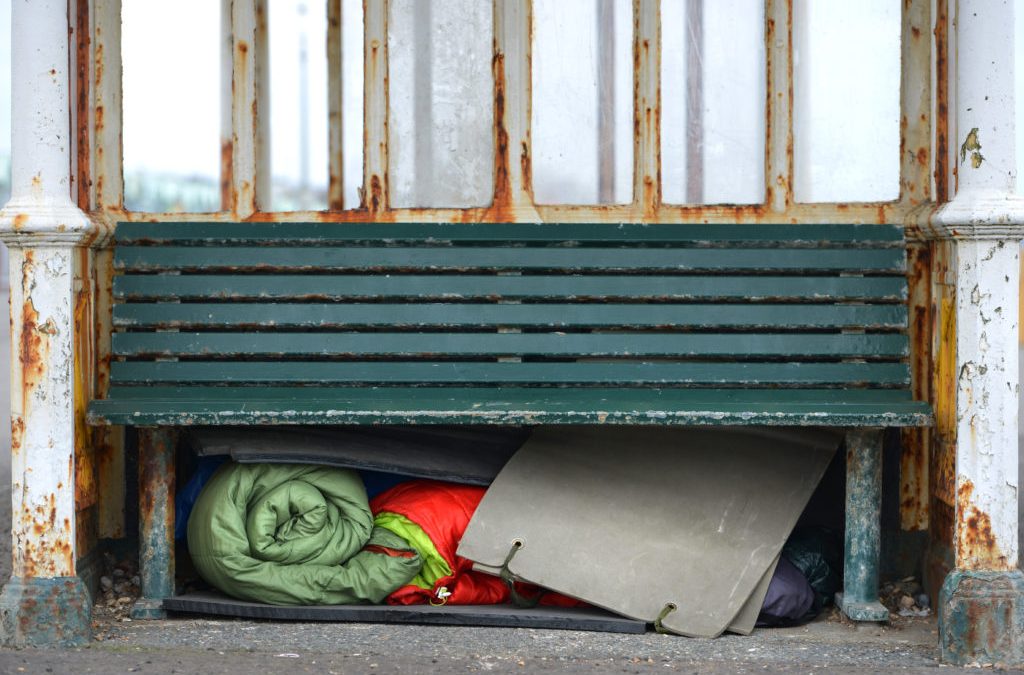
Canada : Dix faits saillants sur le rôle du fédéral en matière de politique du logement
Canada : Dix faits saillants sur le rôle du fédéral en matière de politique du logement
An English-language version of this blog post is available here.
Le 24 mars 2021, dans un cours du professeur Benjamin Adu Gyamfi à l’université de Calgary, j’ai donné une présentation qui survolait le rôle du fédéral en matière de politique du logement à partir de 1964. Les notes de cette présentation sont disponibles ici.
En voici 10 points saillants.
1. Le gouvernement fédéral canadien joue un rôle important dans l’accession à la propriété et offre également de l’assistance aux locataires. C’est grâce à une société de la couronne, la Société canadienne d’hypothèques et de logement (SCHL), que le fédéral joue ce rôle. La SCHL appuie les acheteurs d’une première habitation en offrant une assurance hypothèque. Elle offre également des subventions aux locataires.
2. Le gouvernement fédéral appuie également les propriétaires grâce à des dépenses fiscales. Comme le souligne Frank Clayton, les dépenses fiscales fédérales sont chiffrées à plus de 18 milliards de dollars par année, et les propriétaires d’habitations représentent 90% de ce total. Les dépenses fiscales sont difficiles à percevoir, mais en voici un exemple : si vous vendez votre habitation plus cher que vous l’avez payée, la différence n’est pas taxée (si l’habitation était votre résidence principale). C’est un exemple de dépense fiscale qui soutient les propriétaires.
3. Lorsque le fédéral augmente ses dépenses en programmes sociaux, les subventions pour les logements locatifs ont également tendance à augmenter. En d’autres mots, le contexte macroéconomique est important. On peut donc dire qu’à partir du milieu des années 60 et jusqu’au début des années 90, les dépenses fédérales en logement étaient historiquement élevées. (De plus, pendant les ralentissements économiques, le gouvernement fédéral se sert de politiques sur le logement comme stimulus économique temporaire.)
4. Au cours des années 60, des changements importants et positifs sont survenus en politique fédérale de logement. Auparavant, les coûts de nouveaux logements sociaux étaient répartis selon un ratio 25:75 fédéral-provincial; à partir de 1964, la répartition était de 50:50 (en plus d’une augmentation du financement d’immobilisations de la part du gouvernement fédéral). Également pendant les années 60, Affaires indiennes et du Nord a mis sur pied le premier programme de subvention de logement en réserve pour la construction et la rénovation.
5. Inversement, le milieu et la fin des années 90 ont été des années sombres en matière de politique fédérale de logement. Dans son budget d’avril 1993, le gouvernement du Canada a annoncé qu’il n’y aurait plus d’argent fédéral pour de nouveaux logements sociaux, à l’exception de certains logements sur des réserves. Tom Carter stipule qu’il s’agissait « réellement du point culminant de près de neuf ans de mesures plus ou moins constantes pour restreindre les dépenses envers les programmes de logement social ». (Heureusement, le gouvernement fédéral a annulé cette décision en 2001.)
6. Les gouvernements de gauche ont tendance à dépenser davantage sur des subventions pour le logement locatif. Il n’est pas rare d’entendre un parti de centre gauche promettre d’augmenter les dépenses en logements à condition d’être élu; pourtant, il est rare d’entendre un parti de centre droit émettre des idées semblables. (Il est cependant commun d’entendre ces mêmes partis de centre droit promettre d’assouplir les règles en faveur des promoteurs immobiliers ou des propriétaires.)
7. La pression publique peut être un moyen efficace pour faire augmenter les dépenses fédérales en logement locatif. Cela est aussi efficace lorsque la pression provient de groupes communautaires tout comme lorsqu’elle provient d’organismes professionnels de lobbying. Parfois, on fait pression directement auprès du gouvernement fédéral; à d’autres moments, on s’adresse aux élus municipaux qui se retournent à leur tour vers le fédéral. Je crois que la Fédération canadienne des municipalités a été particulièrement efficace à influencer le gouvernement fédéral en matière de logement locatif (quoique leur travail est facilité par celui des groupes de pression communautaires).
8. Comparées à celles d’autres pays prospères, les dépenses du gouvernement fédéral canadien en matière de subvention pour le logement locatif sont modestes. La tendance se maintient pour d’autres types de programmes sociaux. Gøsta Esping-Andersen a beaucoup écrit à ce sujet.
9. Le gouvernement fédéral canadien joue un rôle important par rapport aux investissements dans les logements locatifs. La SCHL est un moyen efficace de pousser les gouvernements provinciaux et territoriaux à partager les coûts de nouveaux logements. En d’autres mots, les gouvernements provinciaux et territoriaux ont tendance à être réceptifs lorsque la SCHL offre de partager les coûts liés aux nouveaux logements. (Ceci étant dit, certains gouvernements provinciaux et territoriaux ont de la difficulté à égaler les montants fédéraux. Le Québec ne participe pas toujours aux initiatives fédérales; et quand tel est le cas, la province a tendance à allouer les sommes fédérales à d’autres initiatives de logement.)
10. En 2017, le Gouvernement du Canada a dévoilé la Stratégie nationale sur le logement. Certains députés libéraux ont vanté ses bienfaits. Cependant, l’ampleur de la stratégie a été exagérée dès sa mise sur pied; et au cours des trois dernières années, sa mise en œuvre avance à pas de tortue.
Pour conclure. Le gouvernement fédéral canadien a joué un rôle important par rapport à réglementation des hypothèques, les dépenses fiscales, et l’aide financière pour les locataires. Cependant, son niveau d’appui demeure modeste lorsqu’on le compare à celui d’autres pays prospères.
J’aimerais remercier les personnes suivantes pour leur appui à la rédaction de ce billet : Maroine Bendaoud, Catherine Boucher, Stéphan Corriveau, Susan Falvo, David Hulchanski, Michel Laforge, James McGregor, Vincent St-Martin and Marion Steele.


